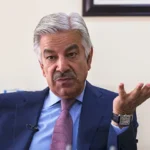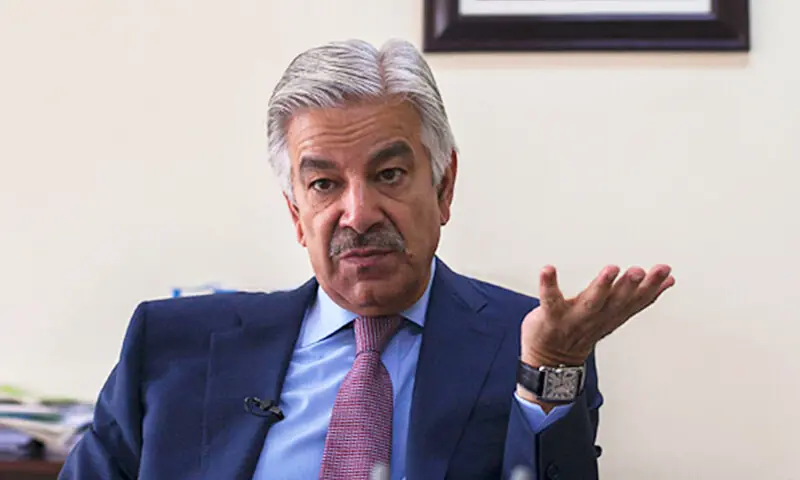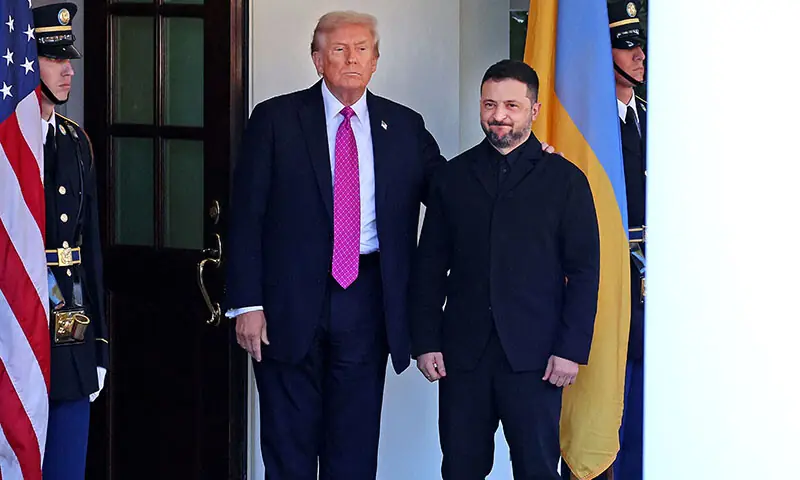National security and broader alignment with the emerging world order have emerged as Pakistan’s new priorities, something politicians and the public must understand, as a belated recognition of this reality could be counterproductive for both.
The hybrid regime is implementing several legal and technical measures that promise better governance and ensure surveillance of Pakistan’s cyberspace as a key checkpoint of the national security paradigm. This means decreasing the space to express dissent and anything that the establishment may define as detrimental to the interests of the State; Pakistan’s Digital Nation Bill is a great example.
Meanwhile, Pakistan has secured its first long-term partnership (2026-2035) with the World Bank, which initially promises $20 billion in financing in six key areas over the next decade. Furthermore, we have apparently managed to strike a balance between our ties with the world’s two superpowers: the United States and China.
The signing of the ten-year partnership with the World Bank and the balancing of ties with the United States and China indicate that the Pakistani establishment can be expected to align the country, at least broadly, with the emerging world order.
Imports have begun to grow even though large-scale manufacturing production is not picking up.
This places a critical emphasis on decreasing any type of terrorism, militancy, religious and sectarian intolerance and usurpation of the rights of women and other minorities and marginalized groups; a difficult task indeed. It is unclear at this time how well this hybrid regime maintains national security.
However, over time, this would become clearer, first to the highest levels of Pakistan’s political and bureaucratic structures and then to the majority of educated Pakistanis. People, industries and companies that hate being monitored and regulated under a national security paradigm and seek interconnection with the world at large may also be surprised to learn that the good old days may be behind them.
The relative calm in the rough seas of our external economy has emboldened the current hybrid regime to envision such a National Priorities Plan. But it is still unclear how long this regime will be able to maintain this calm because so far external financing – whether from the International Monetary Fund (IMF), the World Bank or friendly countries such as China, Saudi Arabia and the United Arab Emirates – has contributed more . maintain some form of stability than real economic growth.
Since external financing from international financial institutions and even financing from friendly countries is always linked to some “open” and possibly “undisclosed” conditions, the hybrid regime has focused on increasing exports, remittances and foreign investment with varying degrees of success in each area. and variable costs. The 10-year and longer-term partnership worth $20 billion with the World Bank has been secured keeping in mind the country’s potential to earn foreign exchange earnings through exports, remittances and foreign investment.
Most of the projects that the civilian-military-led Special Investment Facilitation Council hopes to build with massive foreign investment in the pipeline are such that would take several years to come into operation. And not all of them will be operational at the same time. Therefore, the situation demands that their projected contributions to Pakistan’s economy, particularly its revenue generation and exports, be made realistically, and not just to gain political advantage.
The situation also demands that projections on economic growth and industrial revival be more realistic to help the country avoid economic crises of unmanageable proportions between now and 2035. That is where the country’s long-term partnership with the World Bank matters. Although the initially declared funding under this 10-year partnership is $20 billion, it could increase to $30 or $40 billion, according to media reports.
In addition to partnering with the World Bank to secure financing services, the country’s economic managers are also trying to get something out of the global green funds by presenting to global organizations their need and ability to use these funds efficiently.
Pakistan has already been in talks with the IMF to supplement its current $7 billion loan program with at least $2 billion of additional financing to undertake green projects in the country. Ultimately, the fate of green fund inflows is much less uncertain than the actual timing and size of the inflows.
That is why we not only see a push to boost exports and remittances, but we also continually hear about the launch of sovereign bonds. Finance Minister Muhammad Aurangzeb has recently said that Pakistan plans to issue yuan-denominated Panda bonds in June this year to raise between $200 million and $250 million.
Imports have started to grow even though large scale manufacturing (LSM) production is not picking up. LSM production fell four percent year-on-year in November 2004 and contracted 1.3 percent in July-November. Rising imports, along with external debt servicing, may begin to test the relative calm we see in exchange rates, if not now, then at least any time during the April-June quarter.
Published in Dawn, The Business and Finance Weekly, January 20, 2025









